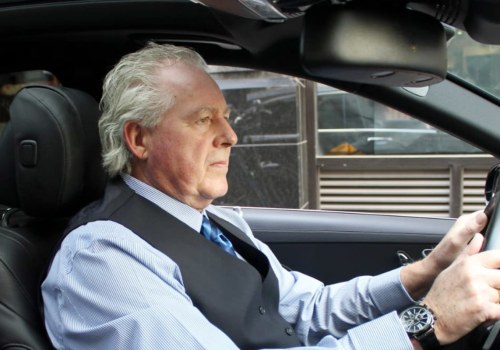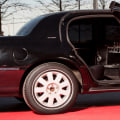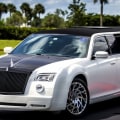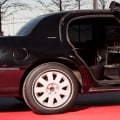In 1889, the first limousine car was introduced in Paris, France. The word limousine actually comes from the French word “limousin”, which was an ancient province full of farmland and shepherds. The word limousine is derived from the name of the French region of Limousin. However, it is not known how the name of the region was transferred to the car.
However, over time, other groups began to adopt larger seating areas, and “stretchy limousines” became commonplace. Special occasions, such as weddings and other once-in-a-lifetime events, highlight the esteemed status of limousines. In German-speaking countries, a limousine is simply a sedan, while a car with a longer wheelbase is called a Pullman Limousine. At the time, limousines weren't necessarily longer than regular cars, seating only 3 to 5 people.
In the United States, the subcategories of limousines in 1916 were the Berliner, defined as a limousine with the driver's seat fully enclosed, and the brougham, defined as a limousine without a roof over the driver's seat. In some countries, such as the United States, Germany, Canada and Australia, a limousine service may consist of any rental vehicle with a pre-booked driver, usually, but not always, a luxury car. Cadillac's last production limousine with forward facing folding seats was in 1987 (with its Fleetwood Series 75 model), the last Packard in 1954 and the last Lincoln in 1939, although Lincoln has offered limousines through its dealers as special order vehicles on occasion. As its long-standing history shows, a limousine is more than just a form of transportation, it has become more cost-effective and convenient than ever.
In particular, airport shuttle services are often referred to as limousine services, although they often use minibuses. As such, the 1916 definition of a limousine from the Society of Automotive Engineers of the United States is an enclosed car with three to five seats inside and the driver's seat outside. Around 1928, a coach company called Armbruster created an elastic limousine in Fort Smith, Arkansas. At the time, limousines weren't necessarily longer than regular cars, since they only seated three to five people.
The limousine body style usually has a partition that separates the driver from the rear passenger compartment. Due to the separation behind the driver, Hackney carriages are a type of limousine, although they are not usually identified as such in Great Britain. Someone noticed that the closed part of the cars looked like the hood of a traditional Limousin cape. Limousines are one of the most classic car designs and their history is older than you probably think.







